In today’s competitive dining landscape, restaurants must adopt a cyclical marketing approach to stay ahead. A marketing flywheel focuses on continuous customer engagement and retention, driving growth and loyalty.
By implementing a marketing flywheel, restaurants can create a seamless customer experience, fostering loyalty and encouraging repeat business. This approach is crucial for restaurant marketing success, as it helps to retain customers and drive long-term growth.
Table of Contents
What is a marketing flywheel in practice?
A marketing flywheel in practice is a continuous, self-reinforcing cycle where every customer interaction—whether through marketing, sales, or service—drives momentum for business growth. Instead of focusing solely on attracting new leads, companies use the flywheel to engage, delight, and retain customers, turning them into promoters who naturally fuel more referrals, repeat sales, and brand advocacy. This creates a sustainable loop where customer satisfaction powers ongoing growth.
How can reviews and loyalty keep the flywheel spinning?
Reviews and loyalty keep the flywheel spinning by creating a cycle of trust and engagement. Positive reviews build credibility, attracting new customers, while loyal customers return repeatedly and advocate for your brand. This continuous interaction fuels momentum, driving growth and sustaining your business over time.
Traditional marketing funnels are often one-way streets, where customers are guided through a series of steps only to potentially fall off at various stages. In contrast, a marketing flywheel is a cyclical model that leverages each customer interaction to fuel further engagement, creating a self-reinforcing cycle.
Are You Ready to Transform Your Restaurant Marketing Strategy?
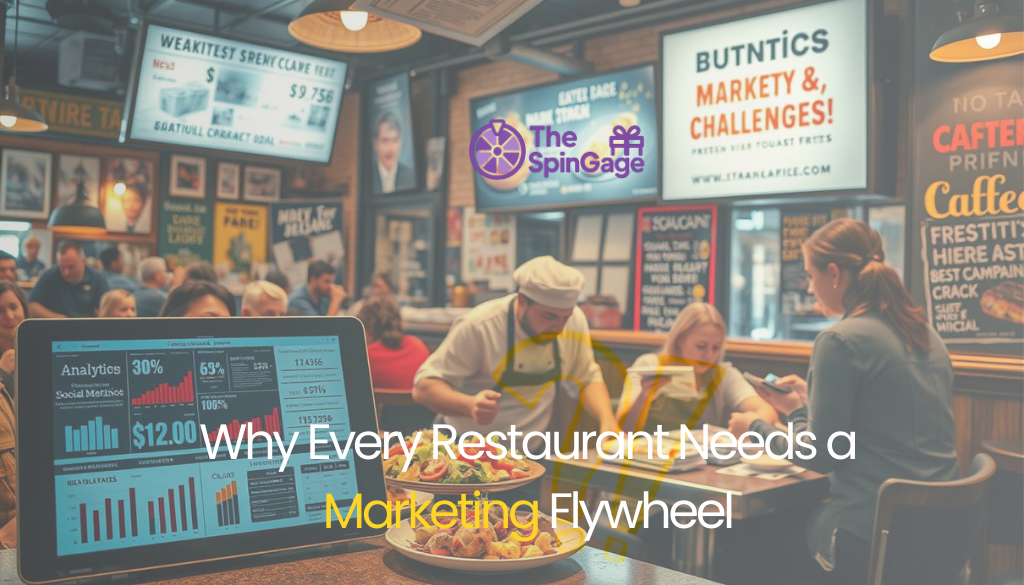
In today’s competitive dining landscape, relying on one-off promotions or traditional marketing funnels is no longer enough. Restaurants that thrive are the ones embracing the power of a marketing flywheel—a continuous, self-reinforcing cycle that attracts, engages, delights, and retains customers.
By implementing a flywheel approach, your restaurant can create memorable dining experiences, foster customer loyalty, and drive long-term growth while leveraging digital channels like Instagram, TikTok, email campaigns, and Google Business Profiles to amplify results. From optimizing your menu and enhancing service touchpoints to turning happy diners into brand advocates, a well-executed marketing flywheel ensures that every interaction fuels further engagement and momentum. Don’t let friction points, inconsistent experiences, or missed digital opportunities slow your growth—now is the time to align your marketing and operations to create a seamless, customer-centered experience that generates sustainable success.
Why is SpinGage the missing piece of the flywheel?
SpinGage is the missing piece of the flywheel because it seamlessly connects every stage of your marketing cycle. By centralizing customer insights, tracking engagement, and automating follow-ups, SpinGage ensures that your audience is continuously nurtured, loyalty is strengthened, and growth becomes self-sustaining—turning a static marketing strategy into a dynamic, ever-spinning engine.
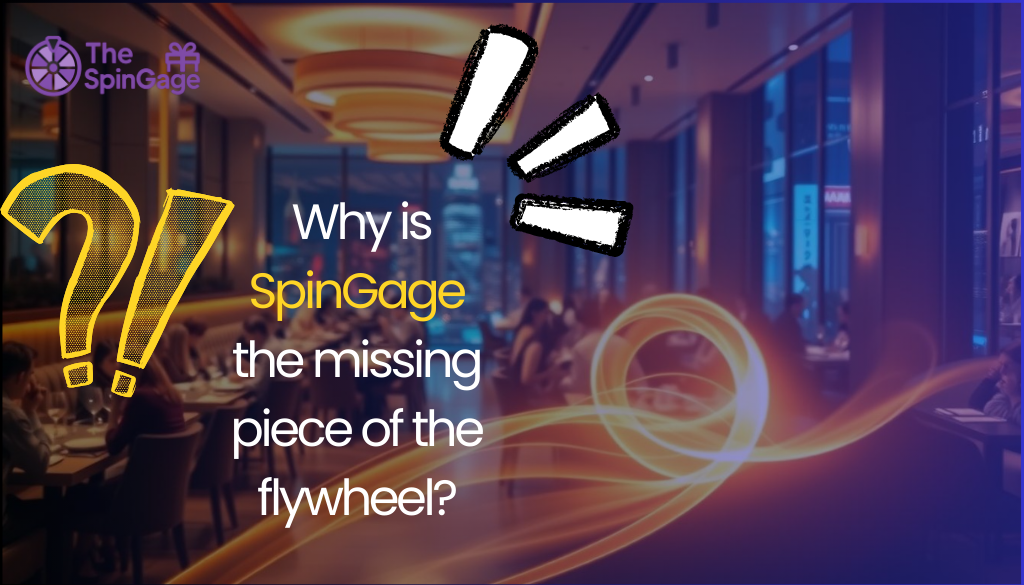
How does SpinGage automate review collection?
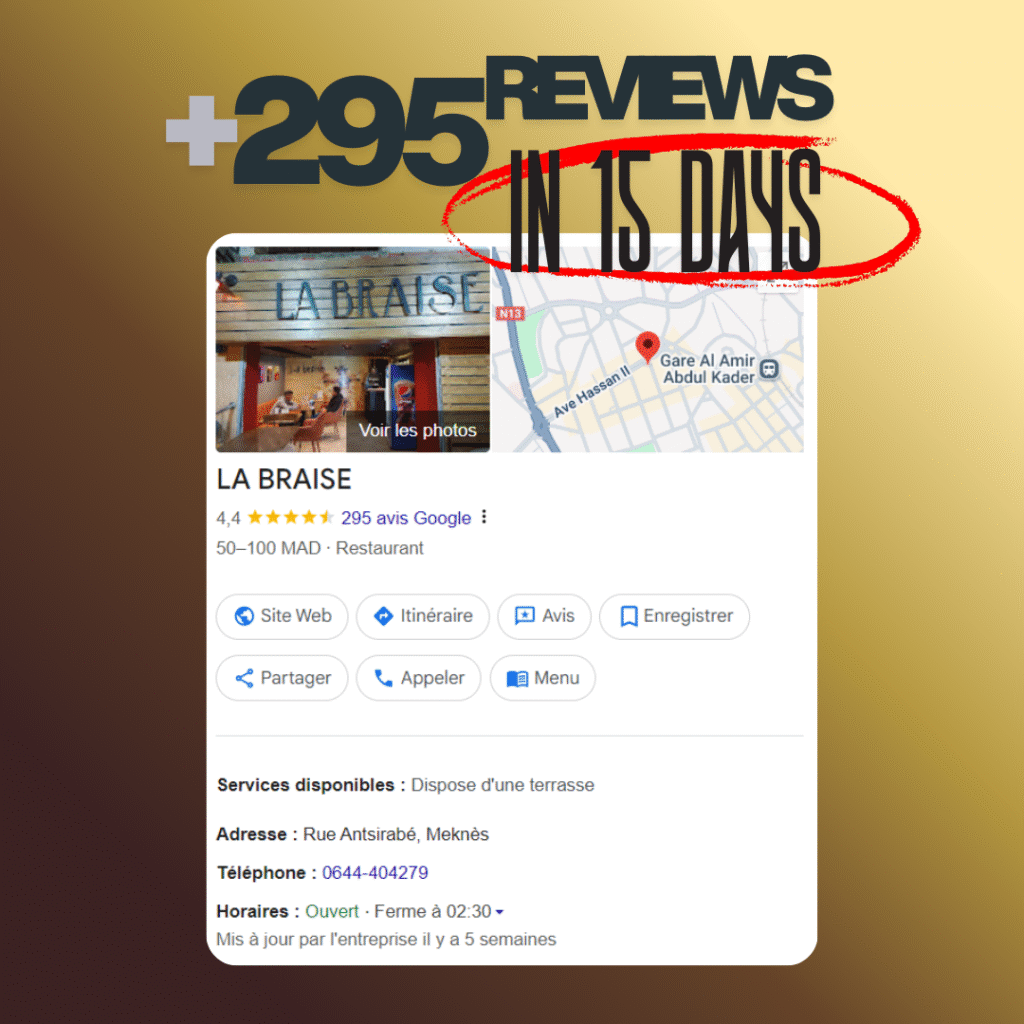
+295 REVIEWS IN JUST 15 DAYS :
Labraise is a restaurant that gained more than 295 new customer reviews and increased their income by using TheSpinGage solution.
They placed a flyer with a QR code on every table, allowing each diner to scan and spin the wheel. Labraise used a 100% winning ratio plan, where customers always won either 10% off their meal or a free soda.
This simple gamification encouraged guests to leave reviews, boosted loyalty, and kept customers coming back.
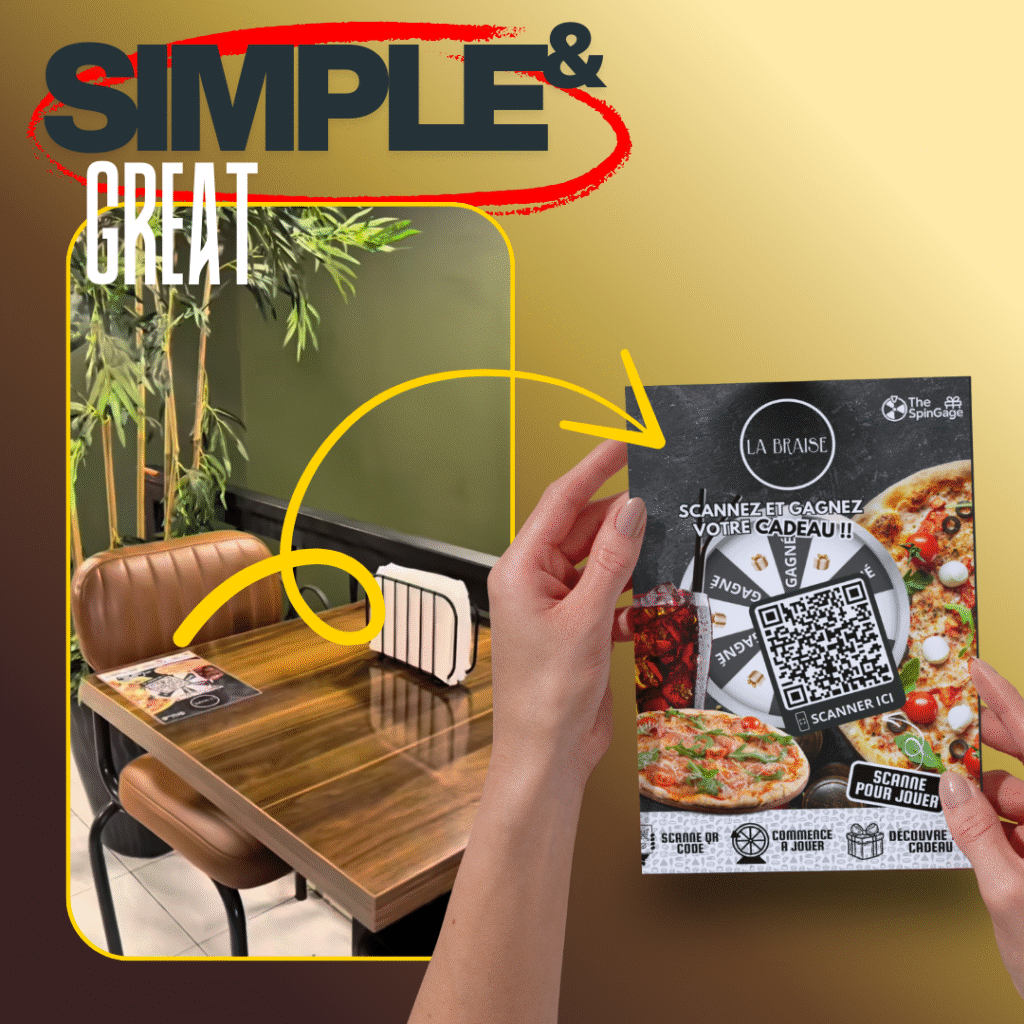
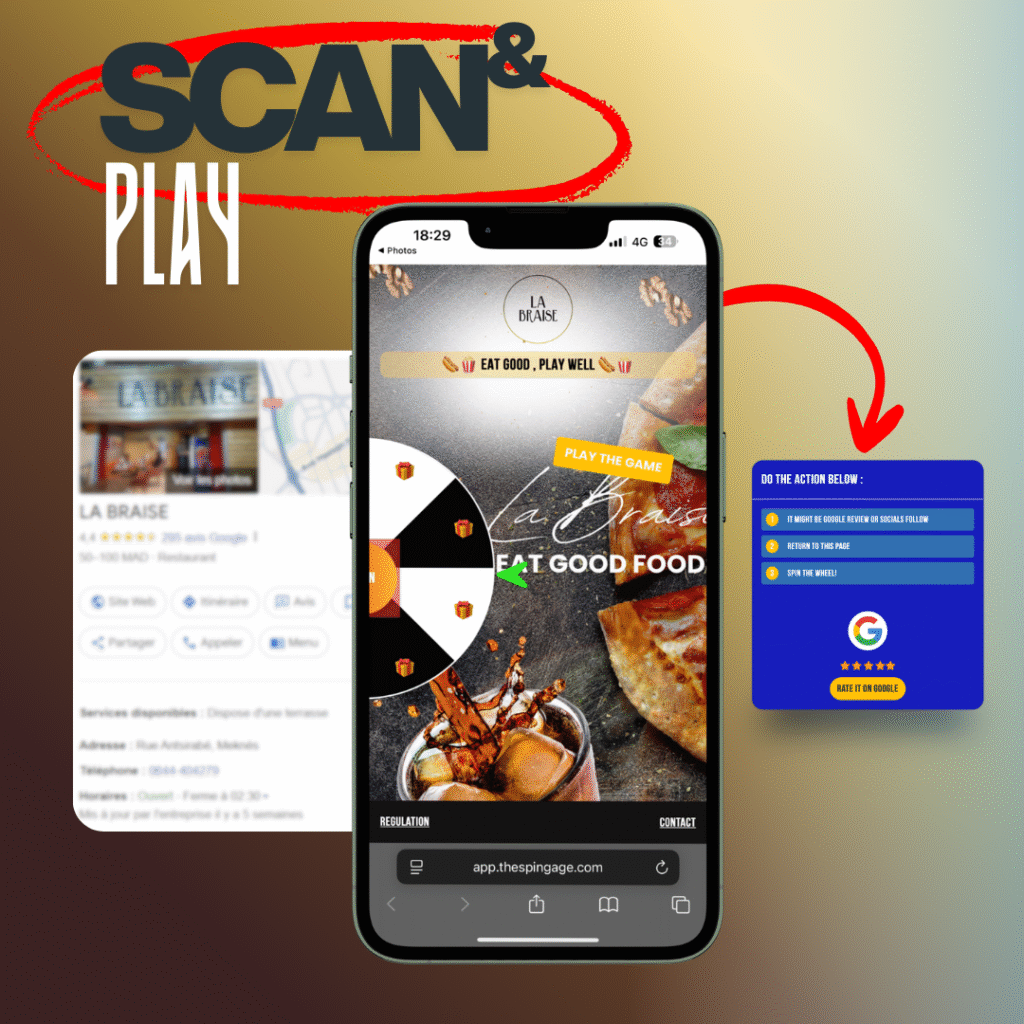
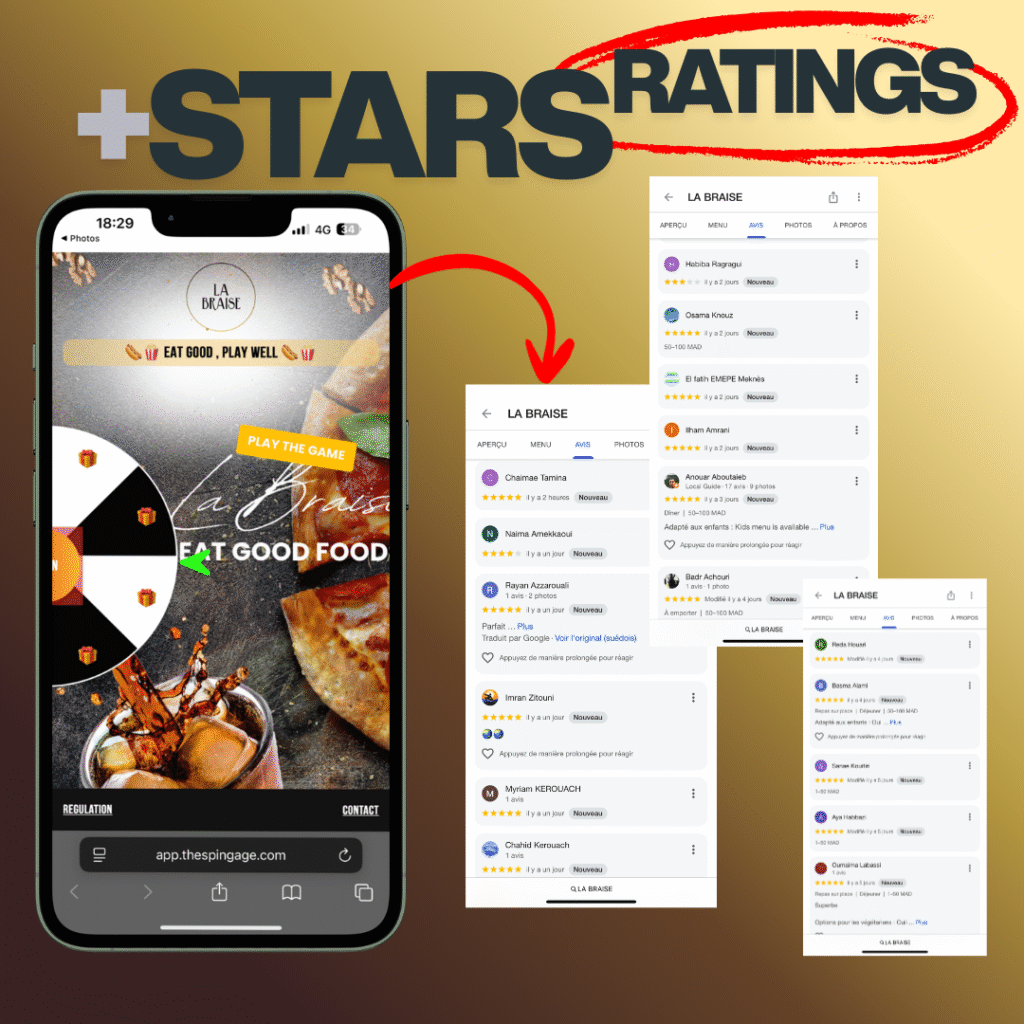
HOW IT WORKS IN 4 EASY STEPS ?
1 – Scan the QR Code
Clients simply scan the QR code placed on the table or provided directly by you.
2- Take Action First
To unlock the gameplay, they must complete the required action.
3- Spin the Wheel
Once unlocked, they spin the wheel to test their luck.
4- Win Rewards
If they win, a QR code is instantly sent to their email. If not, nothing happens. In both cases, the game is locked for 24 hours, ensuring fairness and excitement for the next try.
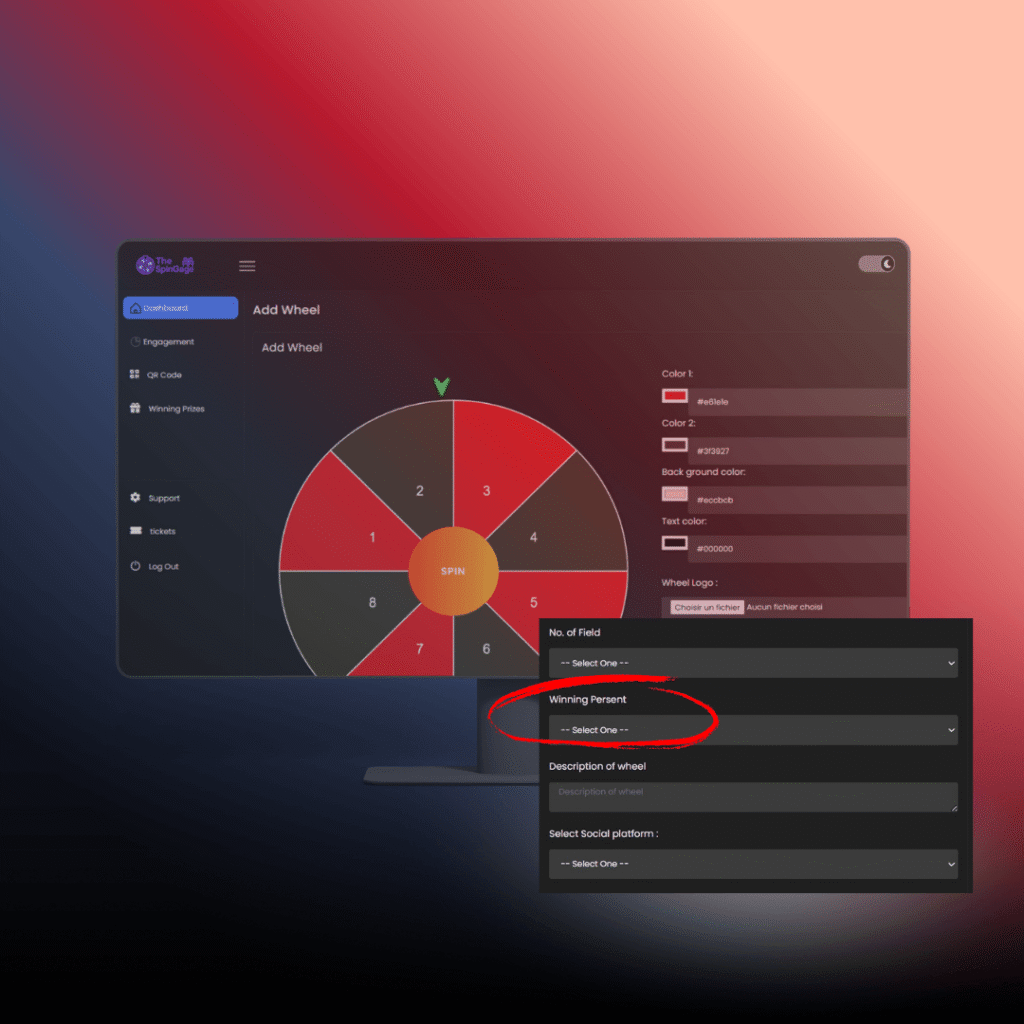
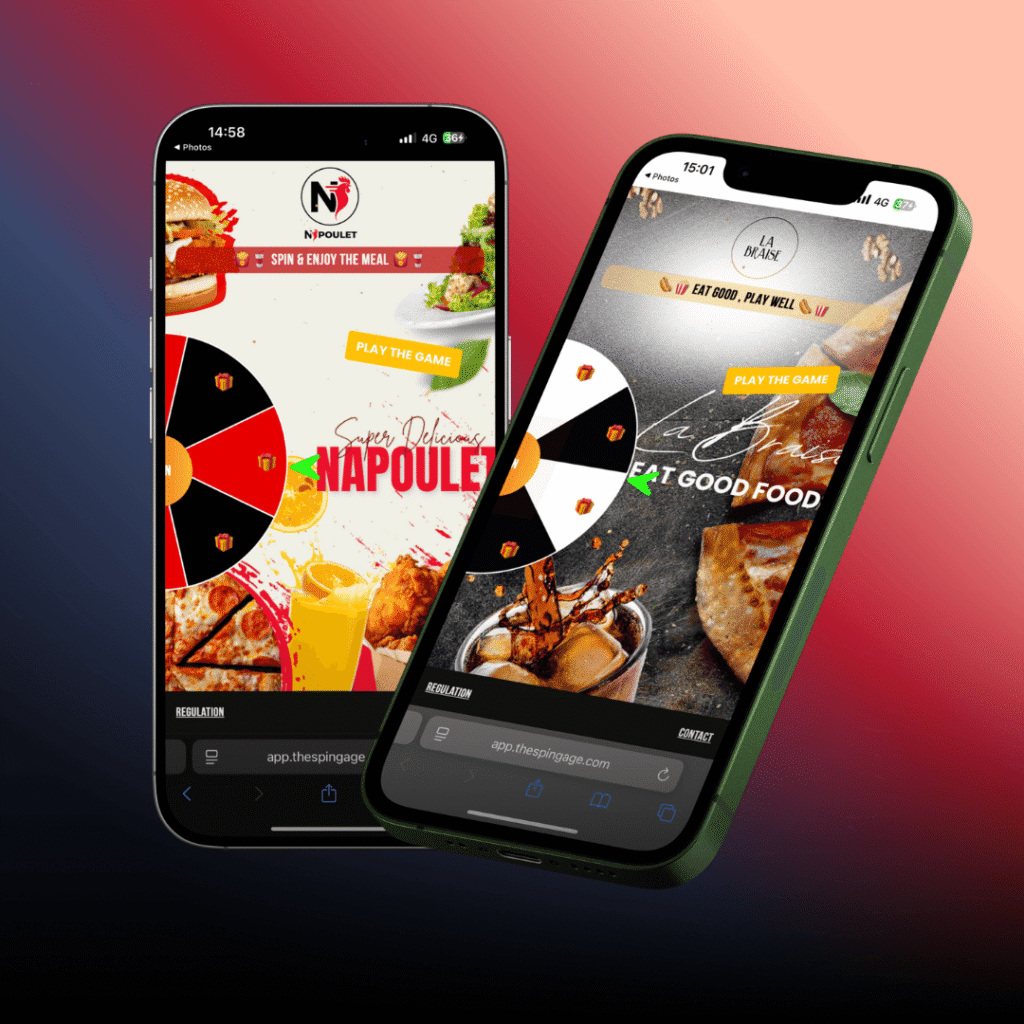
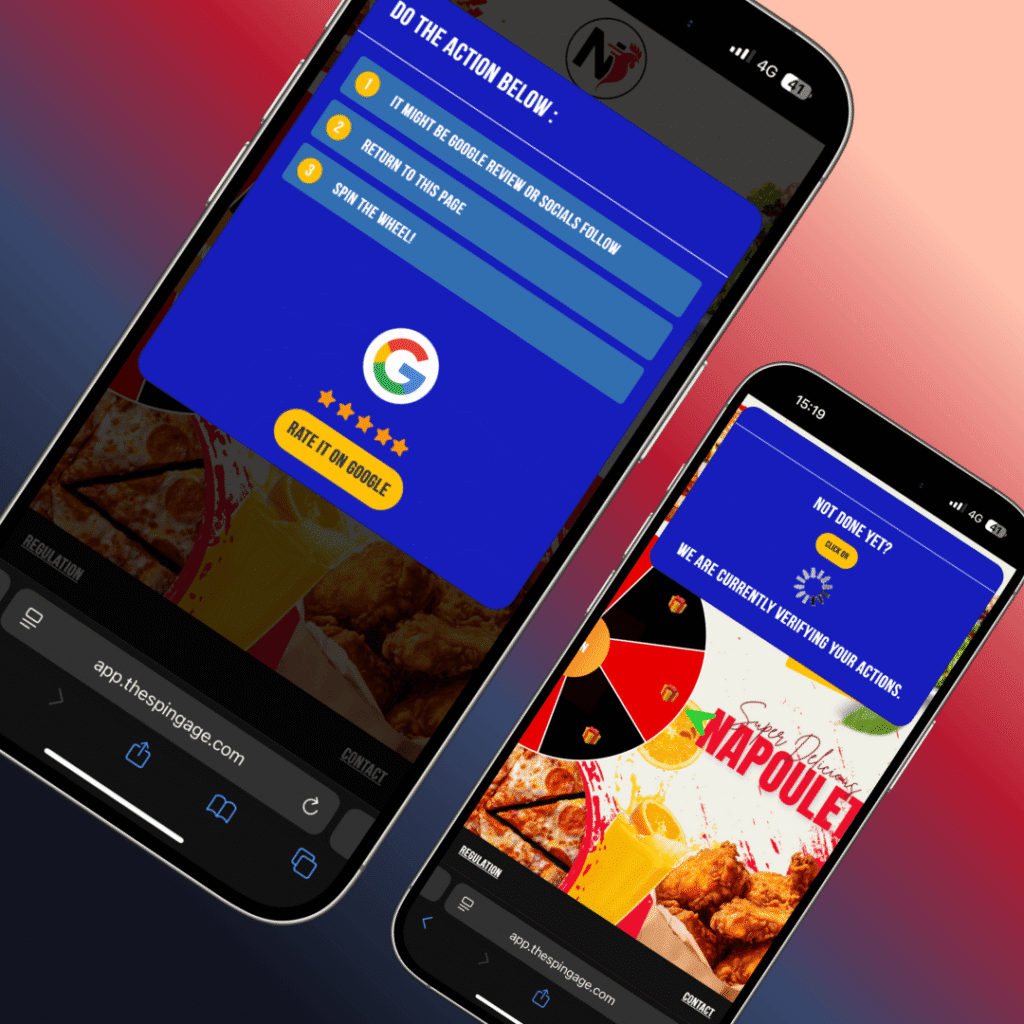
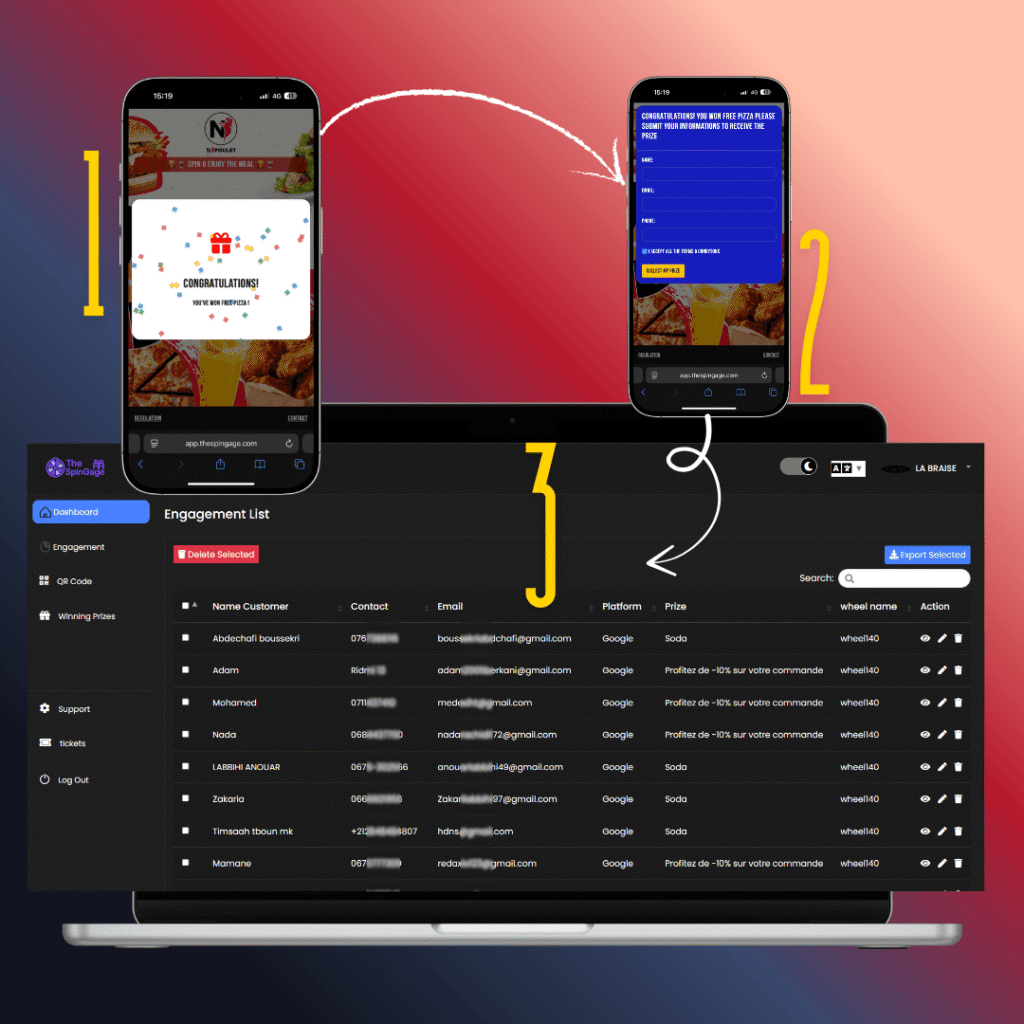
🛠️ Flexible Tracking Options
Track platform Top performing .
Track the wheel segments (number of prizes, Winner Gameplay).
Number of Plays , Track top performing wheel
Set up expiration dates for vouchers and offers.
Get Acces to LEADS , Extraxt & Modiify it .
Why You Should Opt for TheSpinGage Solution
Running a business today is not just about serving customers – it’s about creating memorable experiences that keep them coming back and spreading the word. That’s exactly what TheSpinGage delivers.
🎯 Stand Out from Your Competitors
Most restaurants, cafés, and shops rely only on discounts or word of mouth. With TheSpinGage, you turn every visit into a fun, interactive moment that clients remember and talk about.
⭐ Collect More Positive Reviews
Google reviews are the new “digital reputation.” Our system motivates clients to leave reviews in exchange for a chance to win rewards – giving you the social proof that attracts new clients effortlessly.
💌 Grow Your Customer Database
Every spin is an opportunity to collect emails and data, helping you stay connected with your clients through newsletters, promotions, and loyalty campaigns.
🔄 Boost Loyalty and Repeat Visits
Customers love rewards. By making every visit a chance to win, you encourage repeat visits, turning occasional clients into loyal fans of your business.
⚡ 100% Simple & Automated
No technical headaches. Once installed, TheSpinGage works automatically – whether through QR codes on tables, flyers, or digital screens. You just set the rules, and the system does the rest.
👉 TheSpinGage isn’t just a tool – it’s your new customer magnet.
Increase engagement, grow your reviews, and build a strong database without spending more on ads.
📲 Activate TheSpinGage today and turn visitors into loyal, returning customers!
START TODAY
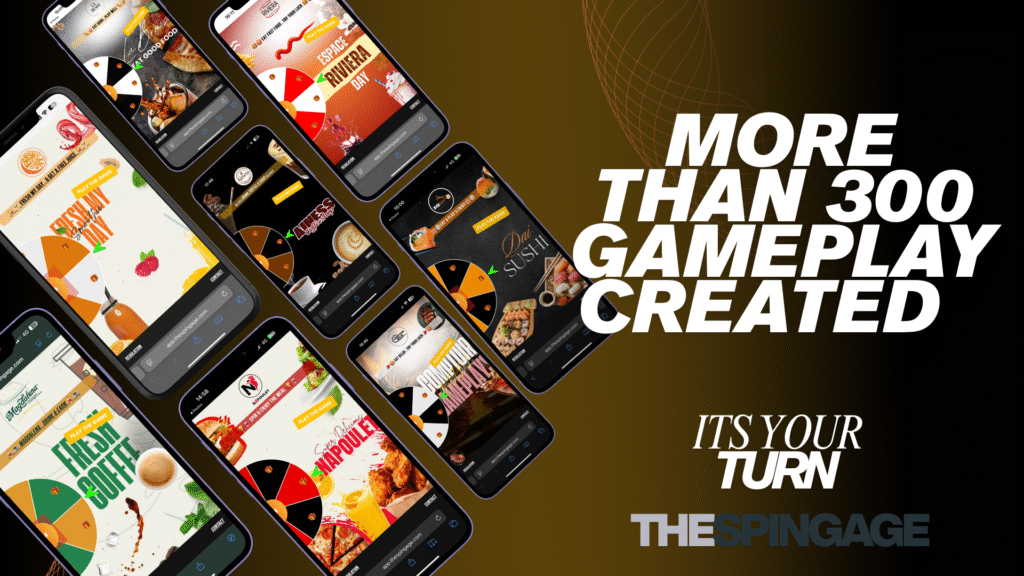
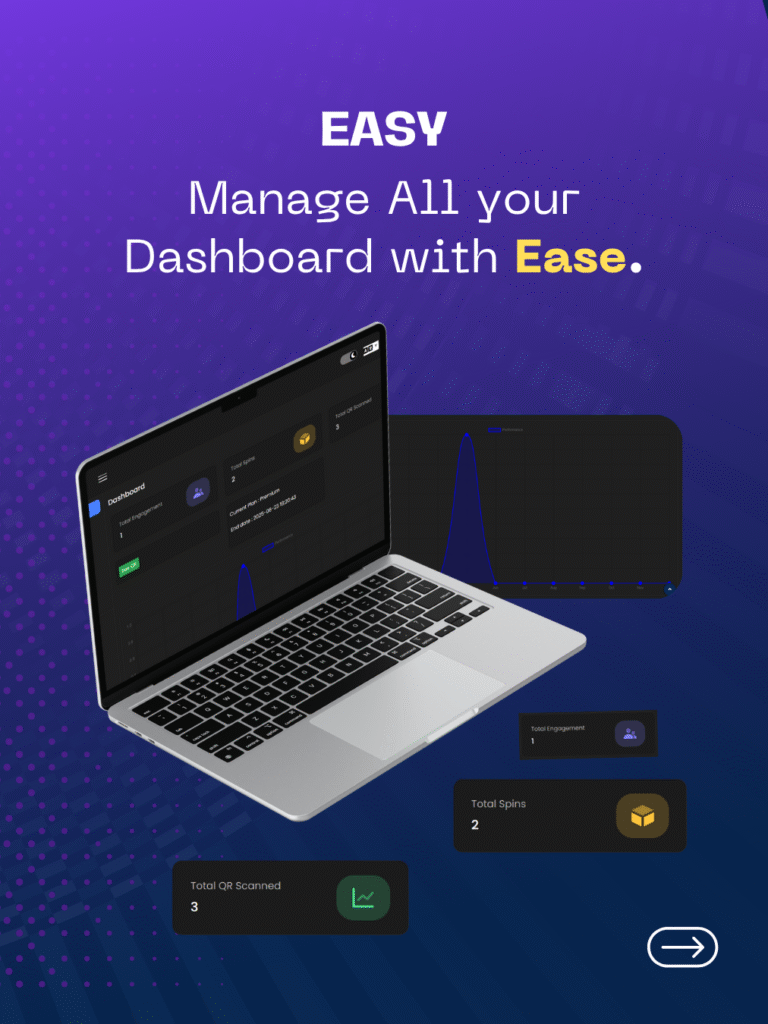
SpinGage automates review collection by seamlessly integrating with your business platforms to prompt customers for feedback at the right moment. It can automatically send personalized review requests via email or SMS after a purchase or service, making it easy for customers to share their experiences. This automation not only increases the volume of reviews but also ensures consistent and timely feedback, helping businesses maintain a strong online reputation without manual effort.
Combine this with strategic local SEO practices, including keyword research, category optimization, and building citations and backlinks, and you’re positioning your business to dominate local search results in 2025. Monitoring analytics and adapting your strategy based on real data ensures you stay ahead of the curve and continuously improve your online visibility.
Accelerate your restaurant’s growth today and discover how a marketing flywheel can turn your diners into lifelong advocates.
Start Your Flywheel Strategy Now →
Why Restaurants Benefit More from Cyclical Marketing
Restaurants benefit significantly from cyclical marketing because it allows for continuous customer engagement. By creating memorable dining experiences, restaurants can encourage repeat visits and foster a loyal customer base.
Continuous Customer Engagement Opportunities
Cyclical marketing provides numerous opportunities for restaurants to engage with their customers continuously. This can be achieved through:
- Email newsletters with exclusive offers
- Social media campaigns that encourage user-generated content
- Loyalty programs that reward repeat customers
Leveraging Dining Experiences for Word-of-Mouth
A memorable dining experience is a powerful catalyst for word-of-mouth marketing. Restaurants can leverage this by focusing on exceptional service and cuisine quality, encouraging customers to share their experiences with others.
| Marketing Strategy | Customer Engagement | Word-of-Mouth Potential |
|---|---|---|
| Traditional Funnel | Limited | Low |
| Cyclical Flywheel | High | High |

Today’s Restaurant Marketing Challenges
Restaurants today face a host of marketing obstacles, from changing consumer behaviors to intense competition. “The restaurant industry is in a state of flux,” as noted by industry experts, “with consumer preferences and technological advancements continually reshaping the landscape.”
Navigating Post-Pandemic Consumer Behaviors
The pandemic has significantly altered consumer behaviors, with diners now expecting seamless digital experiences alongside high-quality food and service. Restaurants must adapt to these post-pandemic consumer behaviors by integrating technology into their marketing strategies, such as online ordering systems and digital loyalty programs.
Standing Out in a Saturated Market
The restaurant industry is increasingly saturated, making it challenging for establishments to stand out. Effective marketing strategies are crucial, including leveraging social media platforms and creating unique dining experiences that encourage customer loyalty and positive word-of-mouth.
Balancing Digital Presence with In-Person Experience
In today’s digital age, restaurants must balance their digital presence with the quality of their in-person experience. This involves not only maintaining an engaging online presence through social media and websites but also ensuring that the physical dining experience is exceptional, fostering a loyal customer base.
As the industry continues to evolve, understanding and addressing these challenges will be key to a restaurant’s success. By embracing innovative marketing strategies and focusing on customer experience, restaurants can navigate today’s complex marketing landscape.
Why One-Off Marketing Campaigns No Longer Work for Restaurants
In today’s dining scene, one-off marketing campaigns are no longer sufficient to drive business. Restaurants need a more sustainable approach to attract and retain customers.
The Diminishing Returns of Discount-Driven Promotions
Discount-driven promotions may initially attract customers, but they often result in diminishing returns over time. Customers begin to expect discounts, eroding profit margins. Moreover, such promotions fail to build brand loyalty.
Customer Acquisition Costs vs. Lifetime Value
Understanding the balance between customer acquisition costs (CAC) and customer lifetime value (CLV) is crucial. Acquiring new customers can be costly, and if the CLV doesn’t exceed the CAC, the business model is unsustainable.
The True Cost of New Diner Acquisition
Acquiring new diners involves significant expenses, including advertising and promotional costs.
Why Repeat Customers Are Your Restaurant’s Goldmine
Repeat customers are more valuable as they tend to spend more over time and become brand advocates.
| Metric | One-Off Campaign | Sustainable Strategy |
|---|---|---|
| CAC | High | Low |
| CLV | Low | High |
Understanding the Marketing Flywheel Concept
Restaurants can significantly benefit from adopting the marketing flywheel concept, a strategy that fosters continuous growth. This approach focuses on creating a cyclical process that attracts, engages, and delights customers, ultimately driving sustainable success.
Core Components That Drive Continuous Growth
The marketing flywheel consists of several key components that work together to create momentum. These include attracting new customers through targeted marketing efforts, engaging them with memorable experiences, and delighting them with exceptional service. By focusing on these areas, restaurants can build a loyal customer base that drives repeat business.

How Momentum Creates Sustainable Success
As the flywheel gains momentum, it becomes easier to attract new customers and retain existing ones. This momentum is crucial for sustainable success, as it allows restaurants to build a loyal customer base and drive long-term growth. By continually optimizing and refining their marketing strategies, restaurants can maintain this momentum and achieve lasting success.
Adapting the Flywheel Model for Food Service
To effectively adapt the flywheel model for the food service industry, restaurants must focus on creating a seamless customer experience across all touchpoints. This includes optimizing online presence, streamlining service, and delivering high-quality food. By doing so, restaurants can create a loyal customer base and drive continuous growth.
Building Your Restaurant’s Marketing Flywheel
To stand out in the competitive restaurant industry, a well-crafted marketing flywheel is essential. This approach focuses on creating a continuous cycle of customer attraction and retention.
Attract: Strategies to Draw in Hungry Customers
Attracting customers begins with effective local marketing strategies. Local SEO optimization is crucial for restaurants to appear in search results for location-based queries.
Local SEO Optimization for Restaurants
By optimizing your restaurant’s website and online presence for local SEO, you can increase visibility and attract more local customers.
Geo-Targeted Advertising That Works
Geo-targeted advertising allows restaurants to target potential customers in specific geographic locations, increasing the effectiveness of their marketing efforts.

Engage: Creating Memorable Dining Experiences
Engaging customers involves creating a memorable dining experience. This can be achieved through menu engineering and exceptional service.
Menu Engineering for Maximum Impact
Menu engineering involves designing your menu to maximize profitability and customer satisfaction. This includes pricing strategies and menu item placement.
Service Touchpoints That Delight
Training staff to provide exceptional service at every touchpoint can significantly enhance the dining experience.
Delight: Exceeding Expectations at Every Turn
Exceeding customer expectations is key to building loyalty. This can be achieved through surprise and delight moments, such as complimentary desserts or special offers.
Retain: Loyalty Programs That Keep Diners Coming Back
Implementing effective loyalty programs is crucial for retaining customers. These programs reward repeat customers and encourage continued loyalty.
| Marketing Stage | Strategy | Goal |
|---|---|---|
| Attract | Local SEO, Geo-Targeted Advertising | Increase visibility and attract local customers |
| Engage | Menu Engineering, Exceptional Service | Create memorable dining experiences |
| Delight | Surprise and Delight Moments | Exceed customer expectations |
| Retain | Loyalty Programs | Retain customers and encourage loyalty |
Digital Channels That Fuel Your Restaurant’s Growth
In today’s digital landscape, restaurants must leverage multiple online channels to drive growth and stay competitive.
Effective use of digital channels can significantly enhance a restaurant’s visibility and customer engagement. This involves utilizing various platforms to attract new customers, engage with existing ones, and retain their loyalty.
Instagram and TikTok: Visual Platforms for Food Businesses
Visual platforms like Instagram and TikTok are crucial for restaurants due to their visual nature. Sharing high-quality food images and videos can attract potential customers and create a mouth-watering effect.
Key Strategies:
- Post high-quality food images and videos.
- Utilize relevant hashtags to increase discoverability.
- Engage with followers through comments and stories.
Email Marketing: From Reservation Confirmations to Special Offers
Email marketing remains a powerful tool for restaurants. It can be used for reservation confirmations, promotional offers, and newsletters to keep customers informed and engaged.
Effective Email Marketing Tips:
- Personalize emails based on customer preferences.
- Send regular newsletters with updates and offers.
- Use email to confirm reservations and provide excellent customer service.
Google Business Profile Optimization for Local Diners
Optimizing a Google Business Profile is essential for local search visibility. It helps restaurants appear in local search results and on Google Maps.
| Optimization Tips | Benefits |
|---|---|
| Accurate and up-to-date business information | Improved local search visibility |
| High-quality profile pictures | Enhanced customer trust |
| Responding to customer reviews | Better customer engagement |
Review Management Strategies
Managing online reviews is critical for maintaining a positive reputation. Restaurants should actively monitor and respond to reviews on various platforms.

By effectively utilizing these digital channels, restaurants can create a robust online presence, attract new customers, and retain existing ones, ultimately fueling their growth.
Content Creation That Makes Mouths Water
Creating mouth-watering content is an art form that can drive reservations and boost a restaurant’s online presence. In today’s digital age, restaurants need to serve up more than just great food; they need to create a culinary experience that tantalizes the taste buds and inspires diners to share their experiences online.
Food Photography That Drives Reservations
Food photography is a critical component of a restaurant’s content strategy. It’s not just about snapping a quick photo; it’s about showcasing dishes in a way that makes potential customers crave them.
DIY vs. Professional Photography Tips
While professional photography is ideal, not all restaurants can afford it. For those on a budget, DIY photography tips can help. Use natural light, invest in a good camera, and style your dishes attractively. However, for special dishes or promotional materials, consider hiring a professional to ensure high-quality images.
Showcasing Signature Dishes Effectively
Signature dishes are a restaurant’s pride. When photographing them, focus on the details that make them unique. Use close-ups to highlight ingredients, textures, and presentation. This not only showcases the dish but also tells a story that can entice potential diners.
Behind-the-Scenes Content: Your Chef’s Story
Behind-the-scenes content humanizes your restaurant and gives customers a glimpse into the culinary process. Share your chef’s story, from their culinary journey to their inspiration for new dishes. This creates a personal connection with your audience and can make your restaurant more relatable.
User-Generated Content: Turning Happy Diners into Marketers
User-generated content is a powerful marketing tool. Encourage happy diners to share their experiences on social media by offering incentives such as discounts or freebies. This not only provides you with authentic content but also turns your customers into marketers, spreading the word about your restaurant.
Accelerating Your Restaurant’s Marketing Flywheel
Eliminating customer friction points is essential for accelerating a restaurant’s marketing flywheel and driving growth. By streamlining processes and enhancing customer experiences, restaurants can create a seamless and enjoyable experience that keeps customers coming back.
Identifying and Eliminating Customer Friction Points
Customer friction points can occur at various touchpoints, from online ordering to in-restaurant experiences. To eliminate these friction points, restaurants must identify areas where customers encounter difficulties or frustrations.
Streamlining Online Ordering
Online ordering systems should be intuitive and easy to use. Restaurants can simplify the process by reducing the number of steps required to place an order and providing clear menu options.
Simplifying Reservation Systems
Reservation systems should be user-friendly and accessible. Restaurants can improve their reservation systems by implementing online booking platforms and ensuring that staff are trained to manage reservations efficiently.
| Friction Point | Solution |
|---|---|
| Complicated online ordering | Simplify menu options and reduce steps |
| Inefficient reservation systems | Implement online booking and train staff |
Strategic Investments That Amplify Results
Restaurants can amplify their results by making strategic investments in technology and staff training. By investing in customer relationship management (CRM) systems, restaurants can better understand their customers’ preferences and tailor their marketing efforts accordingly.
“The key to a successful restaurant is not just about serving good food, but about creating an experience that customers will remember and come back for.”
Chef and Restaurateur
Aligning Front and Back of House for a Seamless Experience
To create a seamless experience, restaurants must align their front and back of house operations. This includes ensuring that staff are trained to provide excellent customer service and that kitchen operations are efficient and effective.
Measuring Your Restaurant’s Flywheel Success
To gauge the effectiveness of your restaurant’s marketing flywheel, it’s crucial to track key performance indicators that reflect its overall health and success.
Key Performance Indicators for Restaurants
KPIs for restaurants typically include metrics such as average order value, customer acquisition costs, and overall revenue growth. By monitoring these indicators, restaurant owners can gain insights into the effectiveness of their marketing strategies.
Customer Retention and Frequency Metrics
Customer retention is a vital aspect of a successful marketing flywheel. Metrics such as customer retention rates and dining frequency can help restaurants understand how well they are retaining customers and identify areas for improvement.
Revenue Growth Attribution
Attributing revenue growth to specific marketing efforts is essential for optimizing the marketing flywheel. By analyzing the impact of different campaigns and channels, restaurants can allocate resources more effectively.
Social Sentiment and Online Reputation Tracking
Monitoring social sentiment and online reputation is critical in today’s digital landscape. Restaurants can use tools to track reviews, comments, and mentions, allowing them to respond promptly to customer feedback and maintain a positive online presence.
As Forbes notes, “In the restaurant industry, customer experience is key to driving loyalty and retention.” By focusing on these key metrics and continually optimizing their marketing flywheel, restaurants can achieve sustainable growth and success.
“The biggest risk is not taking any risk…” – Mark Zuckerberg
By understanding and leveraging these metrics, restaurants can refine their marketing strategies, enhance customer experiences, and ultimately drive business growth.
Real-World Success: Restaurants Thriving with Flywheel Marketing
The implementation of flywheel marketing strategies has led to remarkable transformations in the restaurant industry. By adopting a cyclical approach to marketing, restaurants are experiencing sustained growth, improved customer retention, and increased revenue.
Neighborhood Bistro Case Study: From Struggling to Waitlist
A quaint neighborhood bistro was struggling to attract new customers despite its excellent cuisine. By implementing a flywheel marketing strategy that focused on attracting new customers through social media campaigns and engaging them with personalized email marketing, the bistro was able to build a loyal customer base. The result was a significant increase in reservations, eventually leading to a waitlist on weekends.
Fast-Casual Chain Transformation Story
A fast-casual chain was facing stiff competition and declining sales. By leveraging user-generated content and optimizing their Google Business Profile, they were able to delight their customers and improve their online reputation. This led to a notable increase in customer frequency and overall revenue.
Fine Dining Establishment’s Digital Reinvention
A fine dining establishment sought to revamp its digital presence to attract a new generation of diners. Through a comprehensive flywheel marketing strategy that included Instagram and TikTok campaigns, they were able to retain their existing customer base while attracting new, younger patrons. The outcome was a rejuvenated brand image and increased sales.
These case studies demonstrate the power of flywheel marketing in transforming restaurant businesses. By understanding and implementing the core components of the flywheel model, restaurants can achieve sustainable success and thrive in a competitive market.
Common Restaurant Marketing Flywheel Pitfalls
Implementing a marketing flywheel can be a game-changer for restaurants, but several common pitfalls can hinder its effectiveness. A well-executed flywheel strategy can drive continuous growth, but missteps can slow momentum.
Inconsistent Customer Experience Across Channels
One of the primary challenges restaurants face is maintaining a consistent customer experience across all touchpoints. Inconsistencies can lead to frustration and negatively impact customer loyalty. For instance, a customer may have a great experience on a restaurant’s website but encounter issues when trying to redeem an offer in-store.
| Channel | Common Issues | Impact on Customer Experience |
|---|---|---|
| Website | Outdated information, difficult navigation | Frustration, loss of trust |
| In-store | Long wait times, unfriendly staff | Negative impression, reduced loyalty |
| Social Media | Inconsistent branding, unengaged responses | Diluted brand image, decreased engagement |
Ignoring Negative Feedback Loops
Restaurants must also be vigilant about negative feedback, whether online or offline. Ignoring or mishandling complaints can create a negative feedback loop, damaging the restaurant’s reputation. Proactive engagement with customer concerns can mitigate this risk.
Menu-Staff Disconnect: When Marketing Promises What Operations Can’t Deliver
A significant pitfall occurs when marketing efforts promise an experience that the restaurant’s operations cannot deliver. This disconnect can lead to customer dissatisfaction and harm the brand’s reputation. Ensuring that staff are trained and capable of delivering on marketing promises is crucial.
Failing to Adapt to Seasonal and Market Changes
Finally, restaurants must remain agile and adapt their marketing flywheel strategies to accommodate seasonal fluctuations and market changes. Flexibility is key to maintaining momentum and capitalizing on new opportunities.
Conclusion
As we’ve explored throughout this article, a marketing flywheel is a powerful tool for restaurants seeking to drive continuous customer engagement and retention. By adopting this cyclical marketing approach, restaurants can create a self-reinforcing cycle that fosters sustainable growth.
The key to a successful marketing flywheel lies in its ability to attract, engage, delight, and retain customers. By leveraging digital channels, creating mouth-watering content, and eliminating customer friction points, restaurants can accelerate their flywheel and achieve remarkable results.
In summary, a well-implemented marketing flywheel conclusion for restaurants involves a deep understanding of customer behaviors, a willingness to adapt to changing market conditions, and a commitment to delivering exceptional dining experiences. By following these principles, restaurants can create a restaurant marketing summary that highlights their unique strengths and resonates with their target audience.
FAQ
What is a marketing flywheel and how does it benefit restaurants?
A marketing flywheel is a cyclical marketing approach that focuses on continuous customer engagement and retention, benefiting restaurants by creating a sustainable and competitive marketing strategy.
How do traditional marketing funnels differ from marketing flywheels?
Traditional marketing funnels are linear and focus on one-time customer acquisition, whereas marketing flywheels are cyclical, focusing on continuous customer engagement and retention.
What are the key components of a marketing flywheel for restaurants?
The key components include attracting customers through strategies like local SEO optimization, engaging customers through memorable dining experiences, delighting customers by exceeding expectations, and retaining customers through effective loyalty programs.
How can restaurants measure the success of their marketing flywheel?
Restaurants can measure success by tracking key performance indicators, customer retention and frequency metrics, revenue growth attribution, and social sentiment and online reputation tracking.
What are common pitfalls restaurants face when implementing a marketing flywheel?
Common pitfalls include inconsistent customer experience across channels, ignoring negative feedback, menu-staff disconnect, and failing to adapt to seasonal and market changes.
How can restaurants leverage digital channels to fuel their marketing flywheel?
Restaurants can leverage digital channels such as Instagram, TikTok, email marketing, Google Business Profile optimization, and review management strategies to fuel their marketing flywheel.
What role does content creation play in a restaurant’s marketing flywheel?
Content creation plays a crucial role by making the restaurant’s offerings appealing through strategies like food photography, behind-the-scenes content, and user-generated content.
How can restaurants accelerate their marketing flywheel?
Restaurants can accelerate their marketing flywheel by identifying and eliminating customer friction points, making strategic investments, and aligning front and back of house operations for a seamless customer experience.



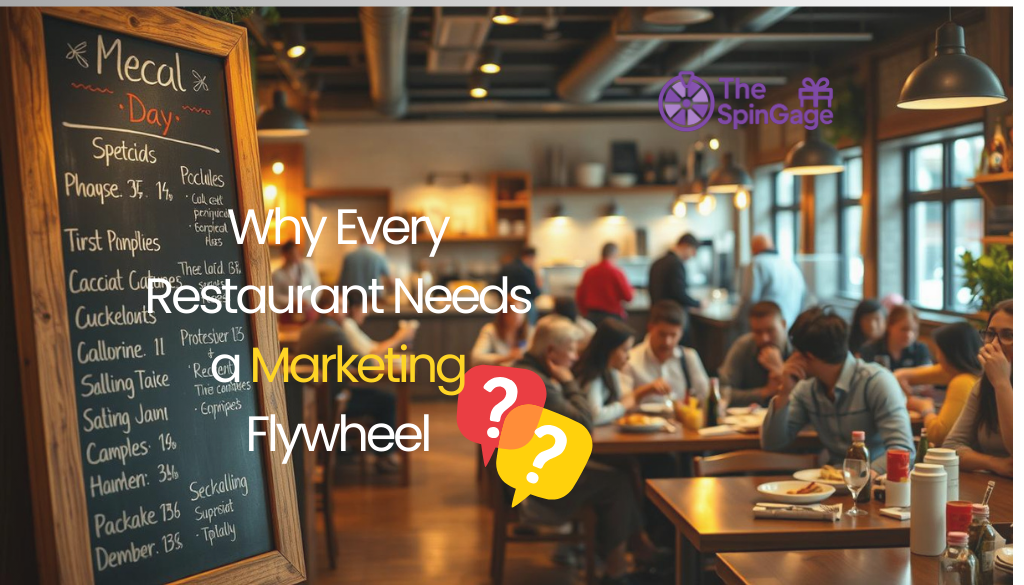


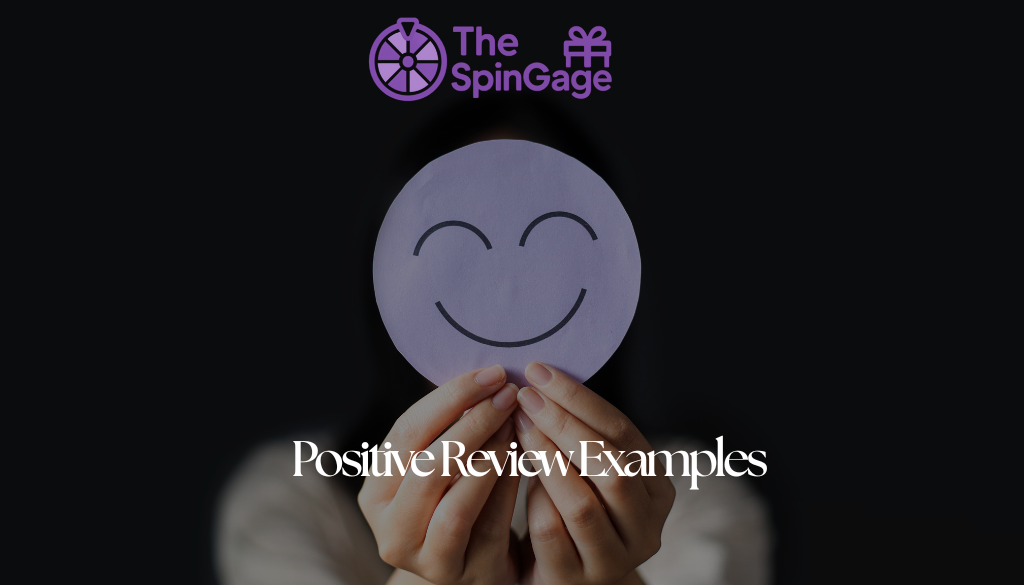
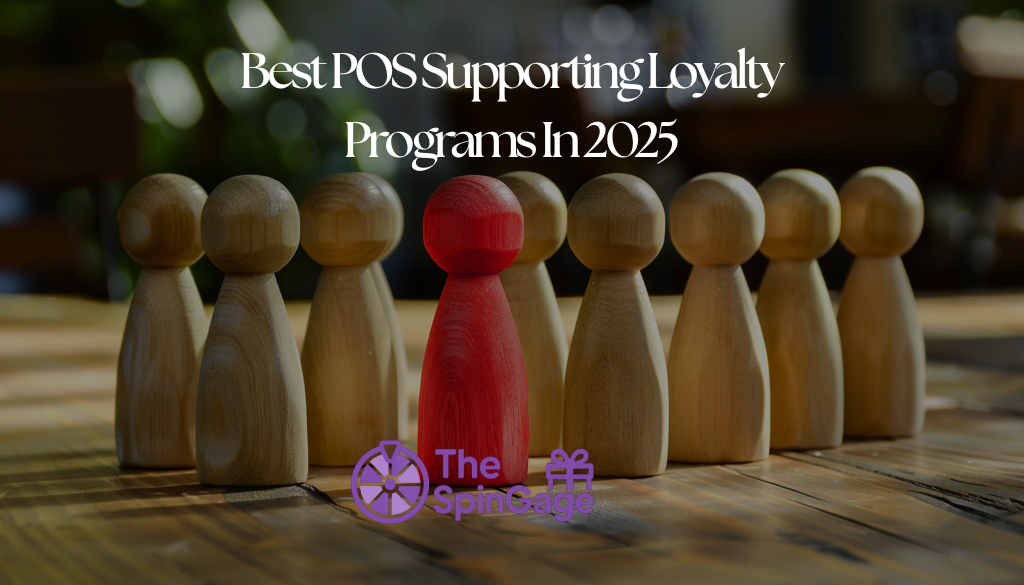


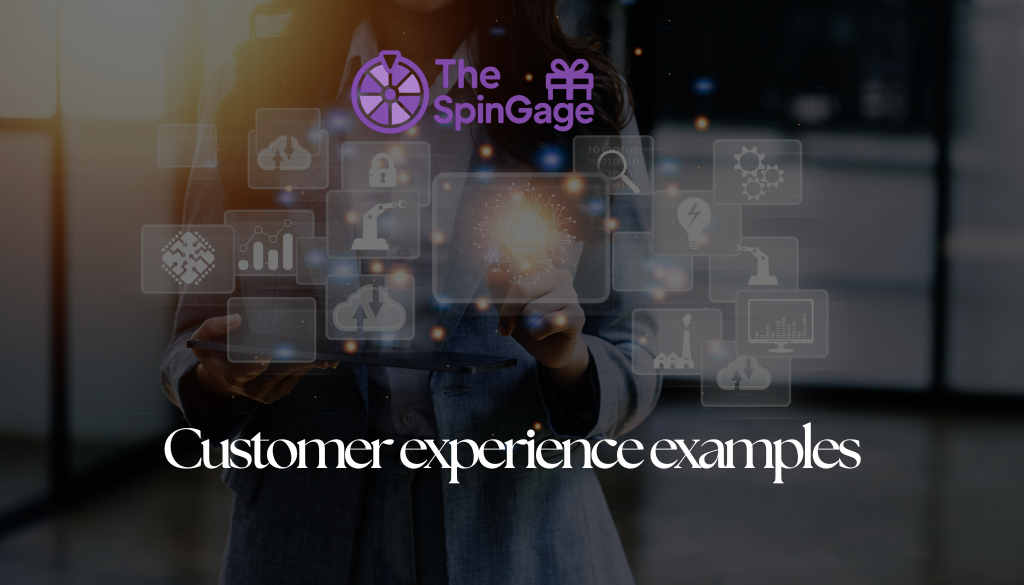

Leave a Reply